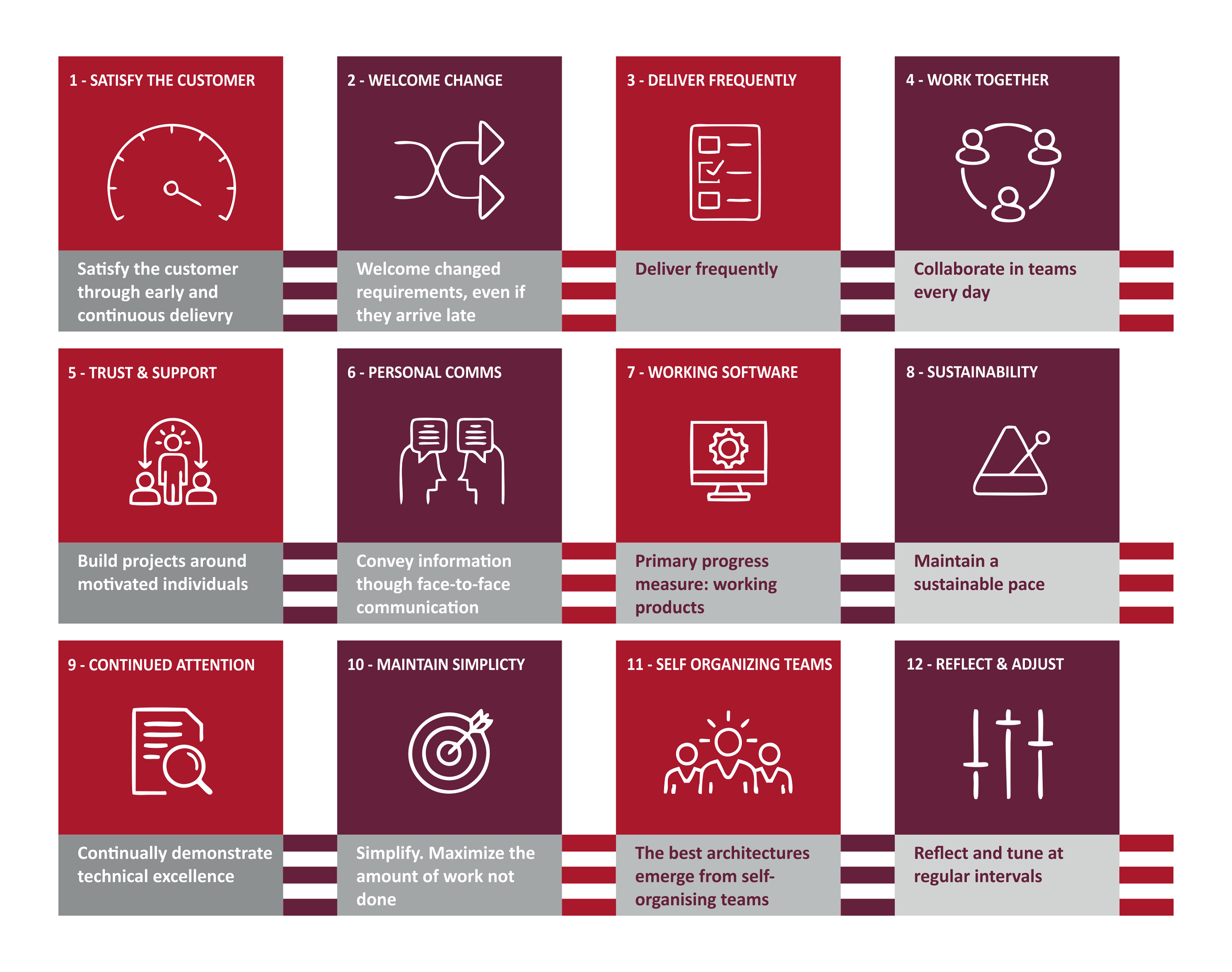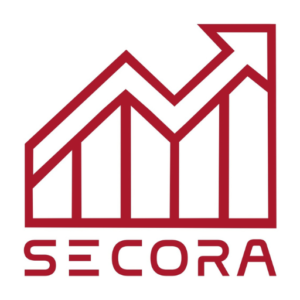Start with the right strategy and your business will thrive in today’s economy.
Our SECORA Tactical Assessment Review Team process develops the strategy needed.
- Define the purpose of the organization, establishes realistic goals and objectives consistent with that mission, with defined timelines, that can be realistically implemented.
- Ensure effective use of your organisation’s resources through defined priorities.
- Ensure all players are on the same page through defined goals and objectives, clearly communicated.
- Define areas of ownership ensuring consistent checks and balances in management.
- Create measurable progress tracking.
- Provide process and procedure to support work in progress changes to the strategy, supporting the fluidity needed in business today.


















